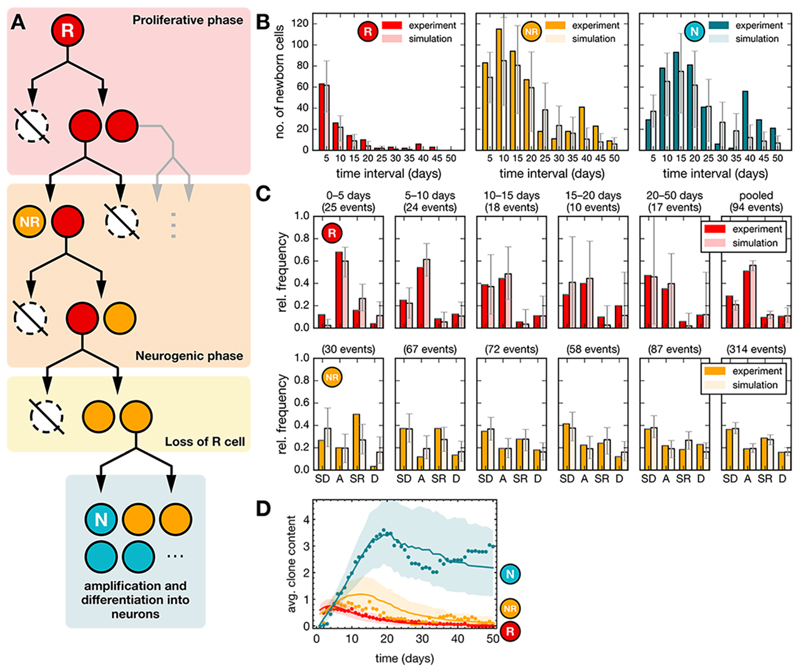Fig. 3. Chronic in vivo imaging reveals variable susceptibility for cell death.
(A) Frequency of cell death in all chronically imaged lineages ranges from 0-100% (mean 59.6%, n = 42). (B) Shown is the time point of cell death after last cell division. Note the two peaks of cell death before and after 7 days with almost no cell death occurring > 20 days after birth (n = 242). (C) Pictogram depicting the comparison of cell death frequencies in subtree 1 and 2 derived after initial R cell division plus subsequent progeny within that subtree (Div2plus). (D) Plot showing the difference in cell death frequencies in subtree 1 and 2 in comparison with the cell death frequency in the whole lineage (lineages with >25% difference in cell death rate are colored red; only early cell death until day 7 after birth was included). (E) Pictogram depicting the comparison of cell death frequencies in subtrees derived from the 2nd division after initial R cell division plus subsequent progeny within that subtree (Div3plus) compared to the Div2plus (see C) subtrees. (F) Cell death frequencies are more asymmetrically distributed among sublineages of Div3plus compared to Div2plus, as demonstrated by the higher weighted standard deviation to the Div2plus subtree death frequency (Div2plus difference: 13.6 ± 1.6; n = 34, Div3plus difference: 27 ± 2.2; n = 33; *p < 0.0001, Wilcoxon rank sum test). Weighted standard deviation was used to account for differences in subtree sizes within each clone. Red line represents mean, vertical lines represent s.e.m. (G) Shown are the locations of surviving newborn neurons (blue circles) relative to cells that underwent cell death (red circles). The observed death (calculated from birth of cell) for dying cells are 2.5d (cell 1, 2; example 1), 13d, 3d, 4d (cell 1, 2 and 3; example 2). Note the overlapping spatial localizations of surviving and dying cells.
Scale bar represents 100μm.

